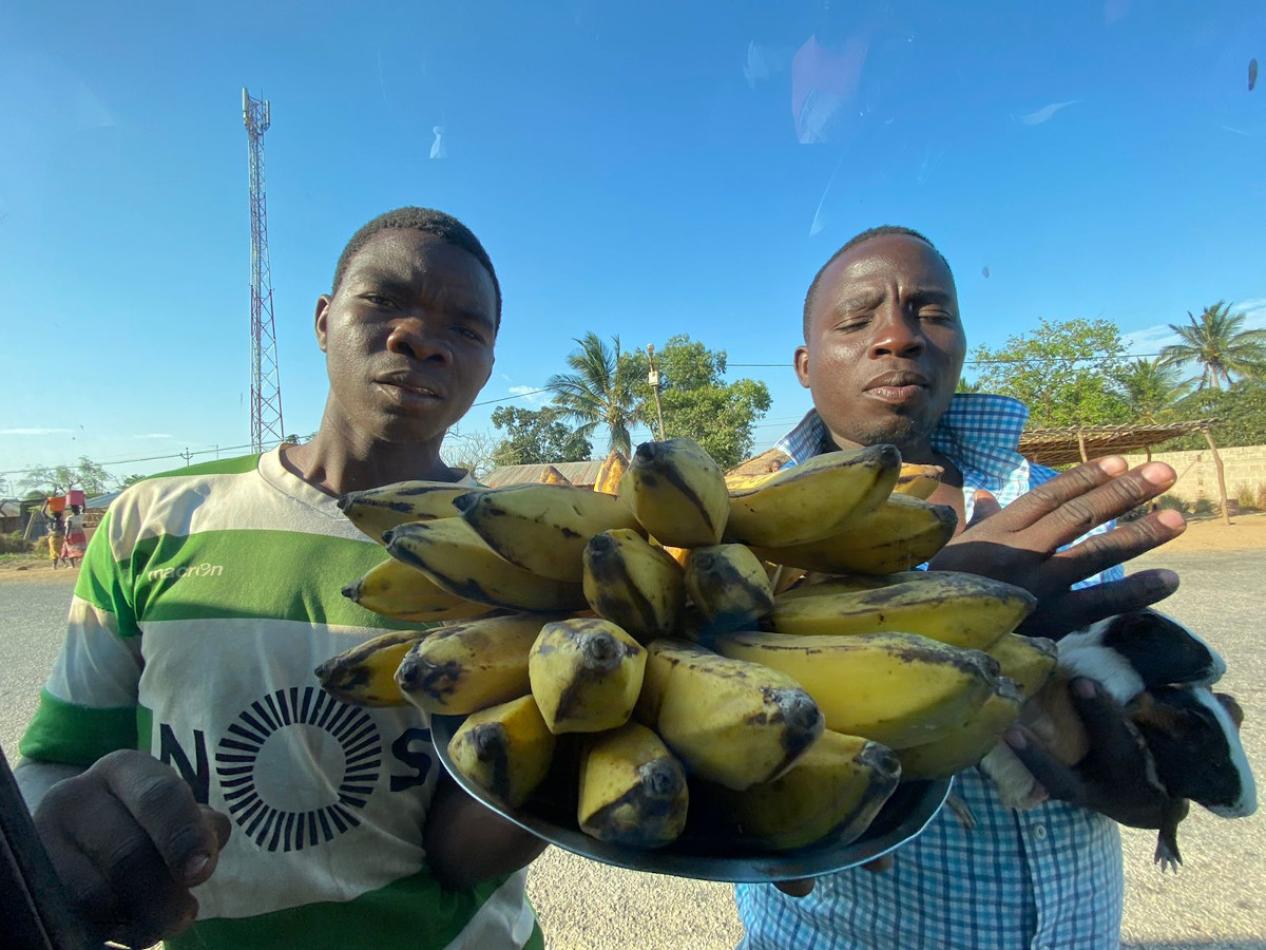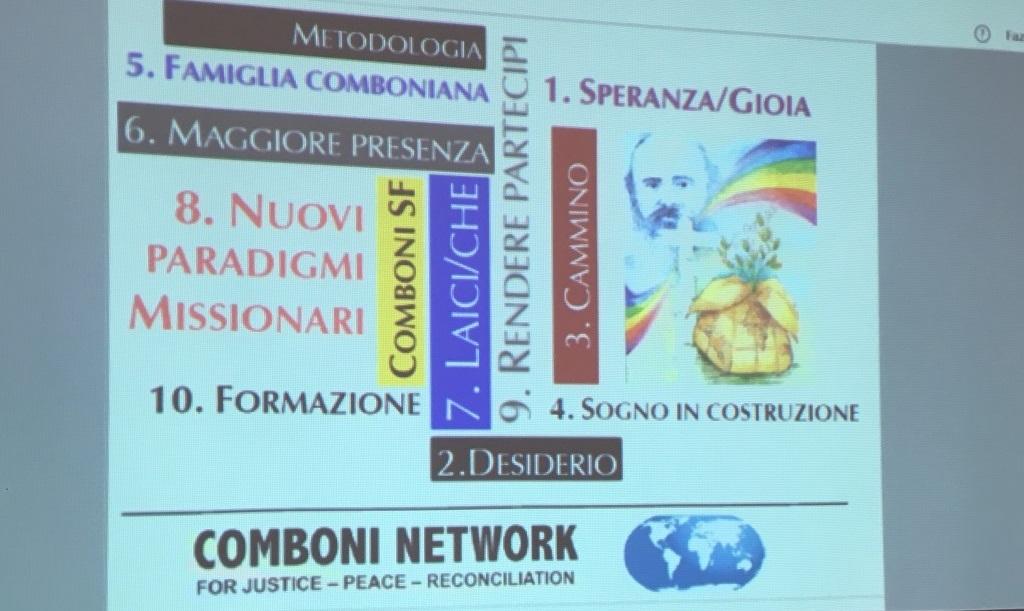Daniel Comboni
Comboni Missionaries
Institutional area
Other links
Newsletter
Saturday, January 11, 2025
These are the figures from the latest report on ‘The State of Food Security and Nutrition in the World’. The ‘Zero Hunger Goal’ is far away: the world is 15 years behind. Undernourished as in 2008, in 2023 735 million people went hungry.
The goal is Zero Hunger by 2030, but the target is still far off and the hunger monster is more alive and vigorous than ever: this is revealed in the latest report ‘The State of Food Security and Nutrition in the World’ (Sofi), published on 24 July 2024, by five specialised United Nations (UN) agencies. In 2023, some 735 million people suffered from hunger: that means one in eleven people worldwide. The situation is even worse in Africa, where as many as one in five people suffer from hunger.
The annual report, presented this year at the ministerial meeting of the G20 Global Alliance Against Hunger and Poverty Task Force in Brazil, warns that Sustainable Development Goal (SDG) No. 2, Zero Hunger, to be achieved by 2030, is still a long way off.
On the contrary, the world has fallen 15 years behind, plummeting to levels of undernourishment comparable to those of 2008-2009. Despite some progress achieved in specific areas, such as growth retardation and exclusive breastfeeding, a worrying number of people continue to be victims of food insecurity and malnutrition, in a context where global hunger levels have remained static for three consecutive years, with the number of hungry people between 713 and 757 million in 2023, or about 152 million more than in 2019, considering the middle range (735 million).
Strong regional differences
At the regional level, trends vary significantly: the proportion of the population suffering from hunger continues to increase in Africa (20.4 %), has stabilised in Asia (8.1 %) - although hunger continues to be a huge problem in this region, where more than half of the world's hungry live - and shows signs of improvement in Latin America (6.2 %).
From 2022 to 2023, hunger worsened in West Asia, the Caribbean and most African sub-regions. If these trends continue, by 2030, there will be some 582 million chronically undernourished, half of them in Africa. Issuing the warning are the UN Food and Agriculture Organisation (FAO), the International Fund for Agricultural Development (IFAD), the UN Children's Fund (UNICEF), the UN World Food Programme (WFP) and the World Health Organisation (WHO).
This prediction is very similar to the levels already recorded in 2015, the year in which the Sustainable Development Goals were adopted, and denotes an alarming stagnation in progress.
Hunger, but not only. The report reveals that billions of people do not have access to adequate food. In 2023, some 2.33 billion people worldwide faced moderate to severe food insecurity, a figure that has not shown any major positive developments since peaking in 2020, during the Covid-19 pandemic. Among them, some 864 million individuals suffered from severe food insecurity, sometimes going without food for an entire day or more. This figure has remained stubbornly high since 2020 and, despite the improvements observed in Latin America, several broader critical issues remain, especially in Africa, where 58% of the population is exposed to moderate or severe food insecurity.
Lack of access to a healthy diet for economic reasons also continues to be a serious problem, affecting more than a third of the global population. The report reveals that by 2022, more than 2.8 billion people could not afford a healthy diet. These inequalities are particularly pronounced in low-income countries, where 71.5 per cent of the population does not have access to a healthy diet, compared to 6.3 per cent in high-income countries. More specifically, the percentage has fallen below pre-pandemic levels in Asia and North America and Europe, while it has risen dramatically in Africa.
Obesity
At the same time, new estimates of obesity in the adult population show a steady increase over the past decade, from 12.1% (2012) to 15.8% (2022). It is predicted that by 2030, there will be more than 1.2 billion obese adults in the world.
The double burden of malnutrition, i.e., a coexistence of undernourishment and overweight and obesity, has soared in all age groups of the world's population. While thinness and underweight have declined over the last two decades, obesity has grown exorbitantly. These trends highlight the complexity of the problem of malnutrition in all its forms and the urgent need to proceed with targeted interventions, in view of the delay in achieving all seven of the world's nutrition targets by 2030. This is the warning issued by the five UN agencies.
A multi-pronged approach is therefore urgently needed to achieve Goal 2 ‘Zero Hunger’: the report calls for more funding and more cost-effective economic support, with a clear and standardised definition of funding for food security and nutrition.
‘Estimating the financing gap for food security and nutrition and using innovative financing modalities to close the gap must be our top priorities,’ the heads of the five UN agencies write in the report's foreword. The proposed policies, standards and interventions to eradicate hunger and ensure access to safe, nutritious and sufficient food for all people (Goal 2.1) and to end all forms of malnutrition (Goal 2.2) require a massive mobilisation of resources. They are not only an investment for the future, they are also our duty. We are committed to ensuring the right to adequate food and nutrition for present and future generations'.
The countries most in need of resources are those that face major problems in accessing them: of the 119 low- and middle-income countries analysed, some 63% complain of limited or modest access to finance. If this gap is to be closed and the global food security and nutrition situation is to be strengthened, coordinated action is needed to harmonise data, strengthen risk tolerance and improve transparency.
See, Onu: la fame colpisce una persona su 11. In Africa, una su 5
Redattore Sociale – www.romasette.it
Translated by: Jpic-jp.org




